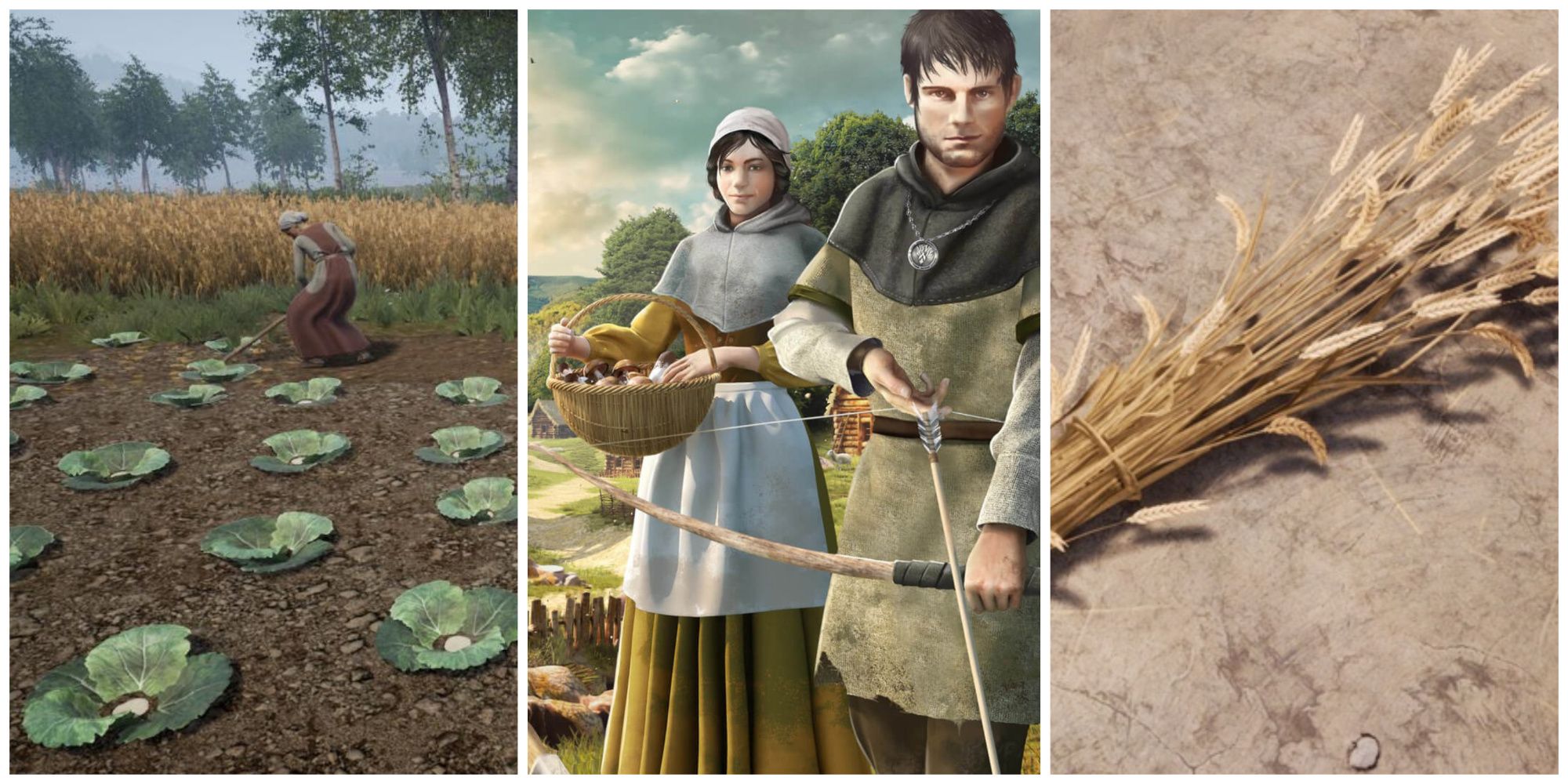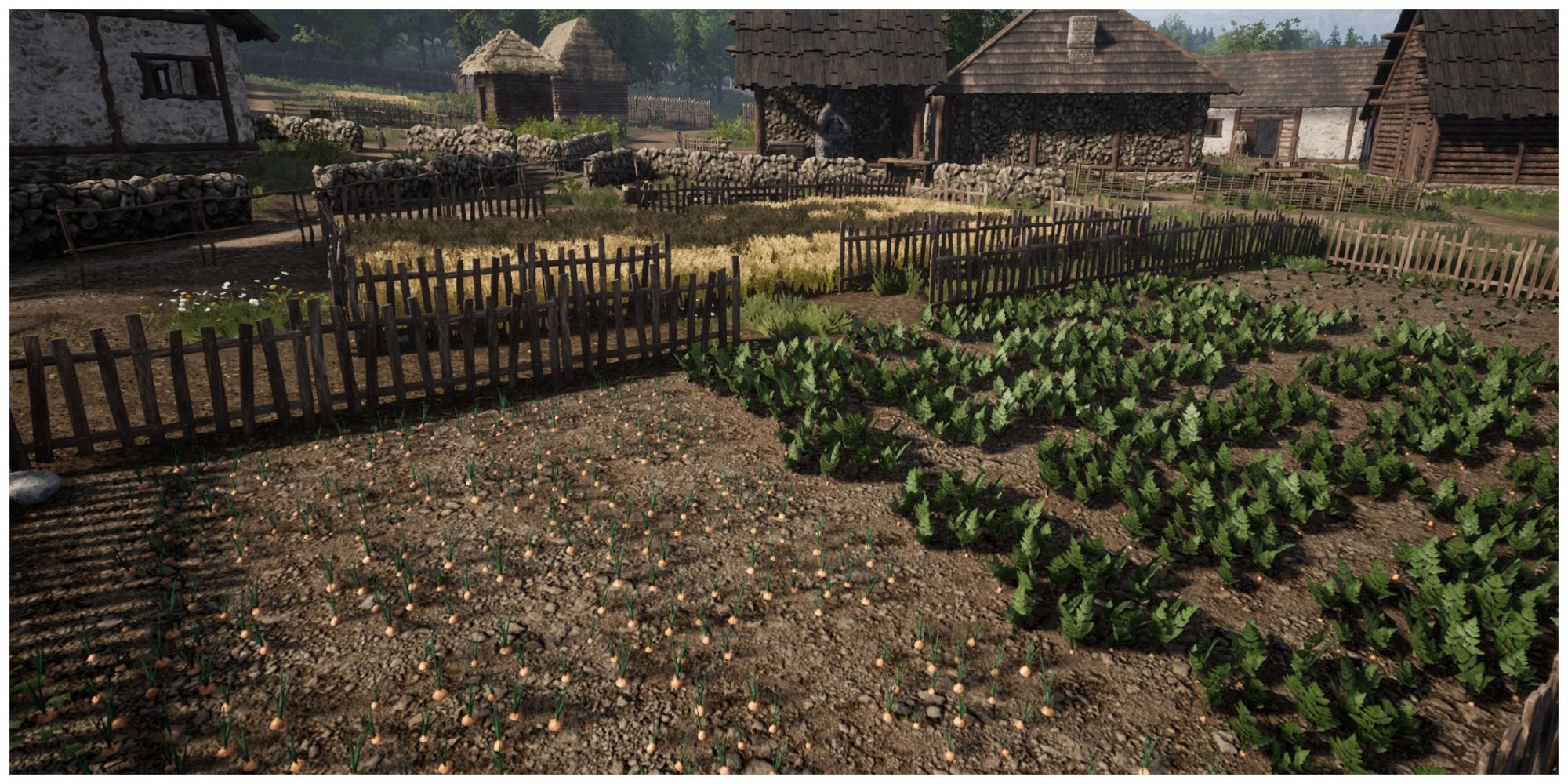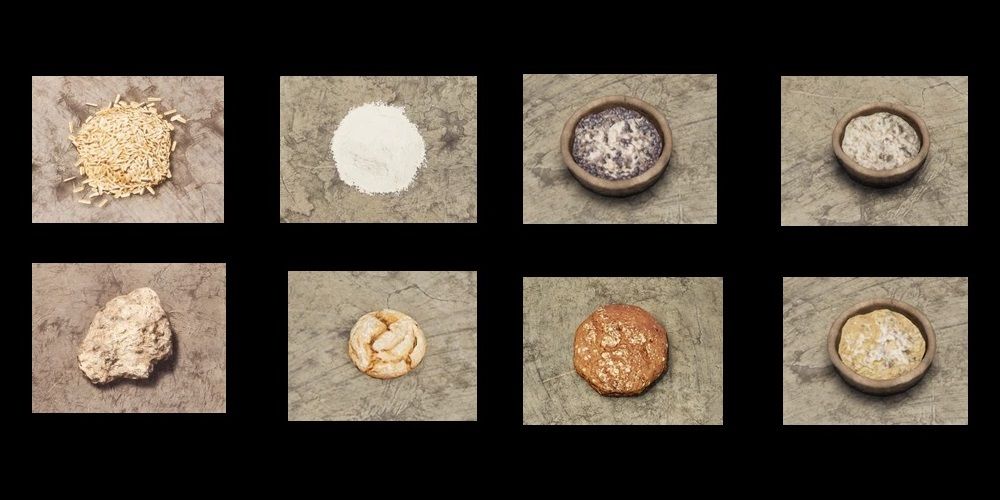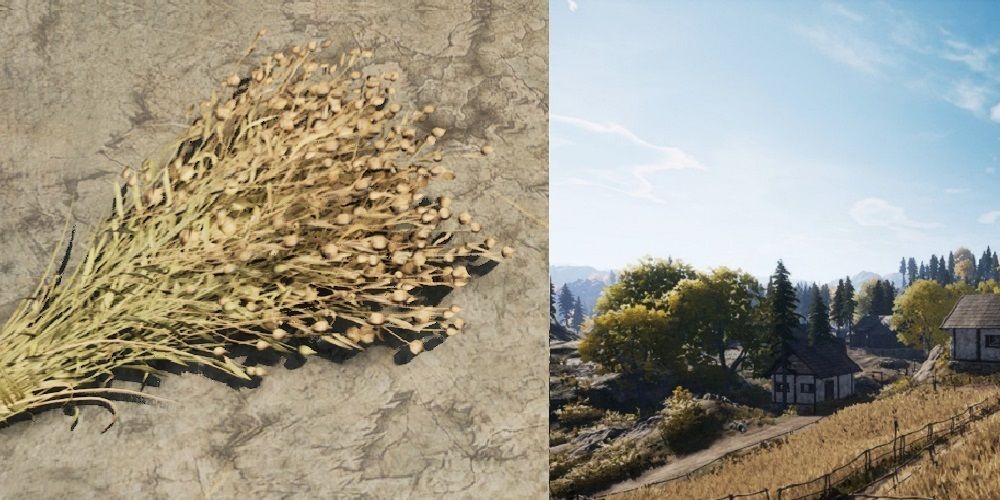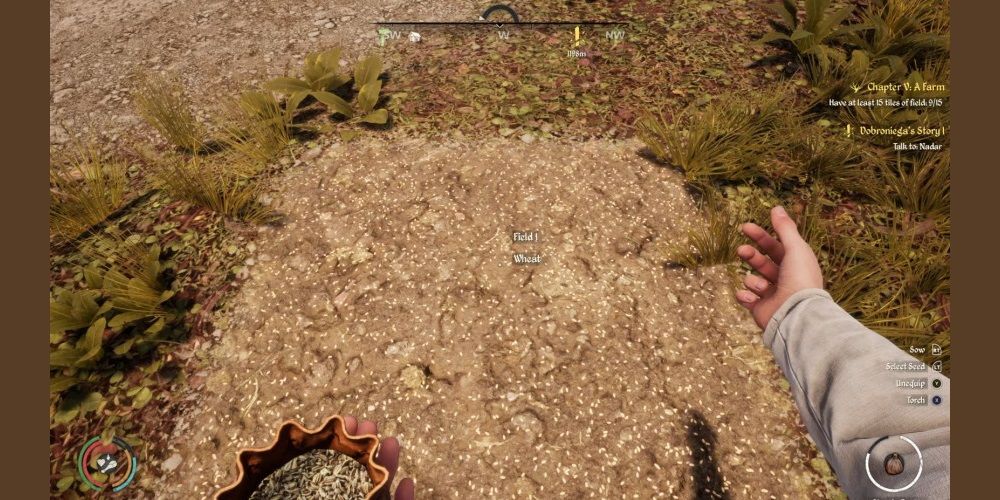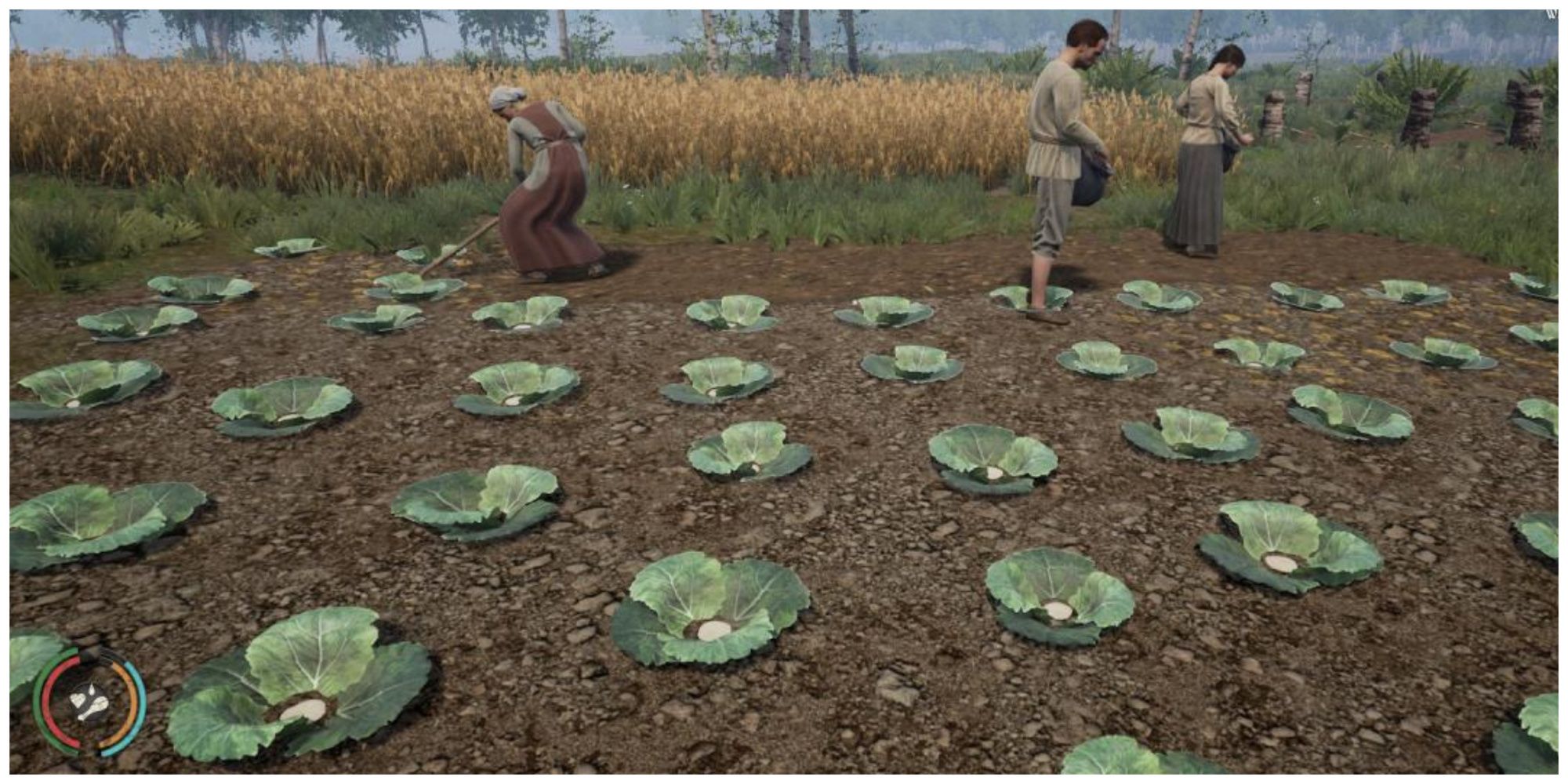Hacking it as a peasant looking to build a dynasty that will last isn't easy, especially at first, before gaining momentum. During those early moments in building that pre-industrial empire, it's essential to farm crops not only to eat, but to use as investments later on down the line. There is a selection of crops to go with in Medieval Dynasty. Choosing the right crops, especially at the start of a playthrough, can be somewhat overwhelming.
Players need to choose the right crop for the season after grubbing up the land, rubbing in fertilizers, and plowing it all up. A helpful chart detailing which crops can be planted in which season can be found below, followed by a breakdown of the six most useful farmable crops.

The 20 Best Games For Fans Of Medieval History
Whether it’s Assassin's Creed: Valhalla, For Honor, Crusader Kings 3, or more, fans have a lot of choices when it comes to medieval fantasy games.
Crop | Planting Season | Harvest Season |
|---|---|---|
Onion | Spring | Summer |
Oat | Spring | Fall |
Carrot | Spring or winter | Fall or summer |
Rye | Fall | Spring |
Flax | Spring | Summer |
Cabbage | Spring or summer | Summer or fall |
Beetroot | Spring | Fall |
Wheat | Spring or fall | Fall or Summer |
Poppy | Spring | Fall |
6 Onion
Easy to Grow and a Great Stock Option
- Sown in the spring and harvested in the summer.
- Grown in batches of 7-8 and can be sold for (2) gold each at 100% freshness.
When harvested, onion patches yield 7-8 onions each. They can be eaten raw for 4 nutrition points or used to make other food, such as a meat tart or flatbread with onion. Onions are useful for their speedy growth time, as their seeds are planted in the spring and are ready as soon as summer.
Like most food items in Medieval Dynasty, onions will spoil if not safely stored in a food storage chest, and produce 2 rot when they do so. Fortunately, peasants won't be offended by the smell of onion breath, even during courting sessions. Pristine onions (at 100% freshness) can be brought to market for 1-1.6 gold each at the lowest Diplomacy skill level, making them a great stock crop.
5 Oat
A Regular Source Of Straw
- Oat is planted in the spring, harvested in the fall.
- Requires some processing to convert into grain or crafting materials.
Oat is a very versatile crop, but growing it can be put off a while, at least until the barn has been unlocked and constructed, as turning it into a useful material requires one for threshing. Threshing oats will produce flour for cooking, a steady supply of animal feed, and straw (required to build thatched roofs and craft the iconic farmer's straw hat). However, straw can be gathered elsewhere.
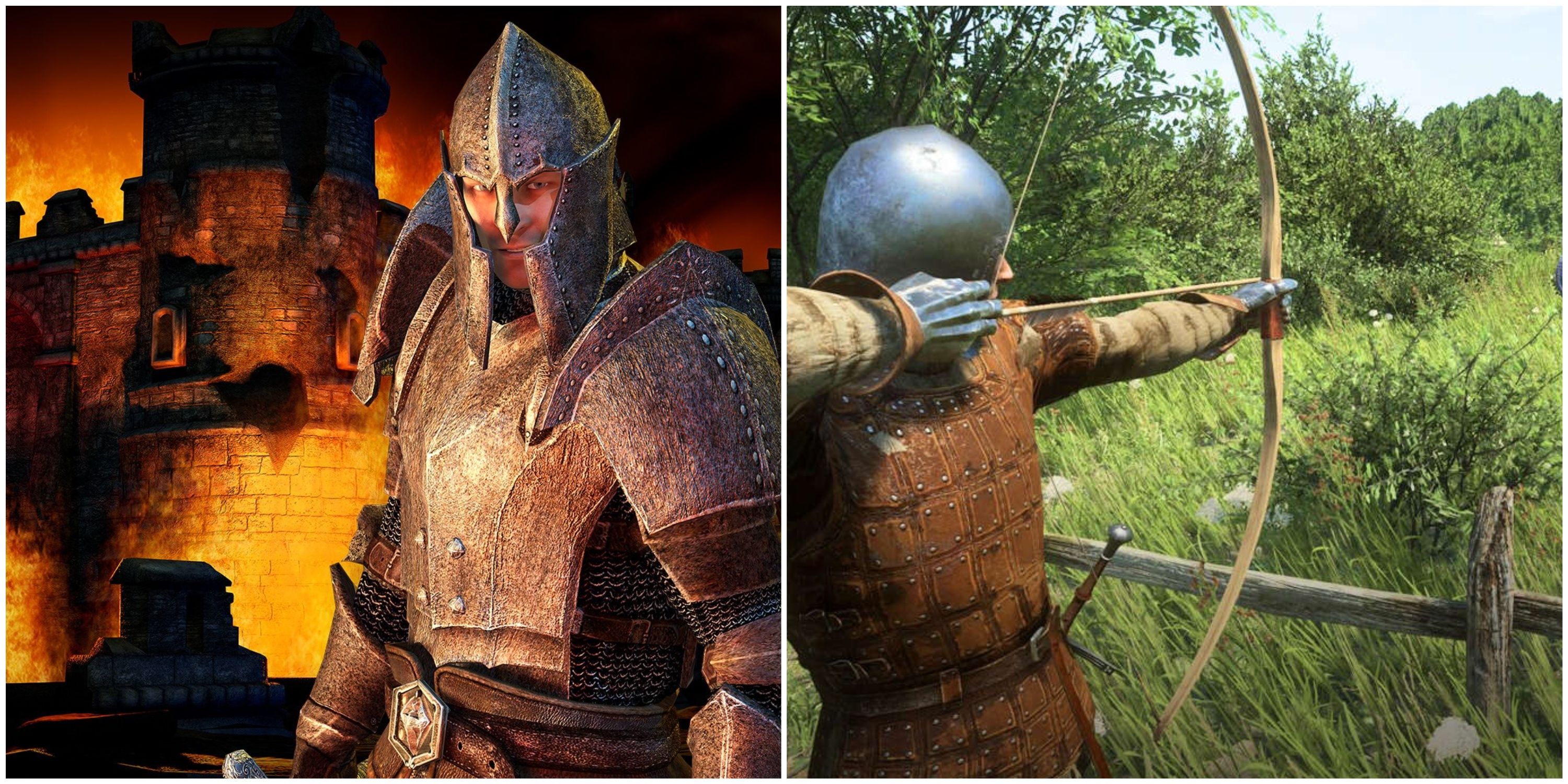
5 Best Medieval Sandbox Games
Medieval sandboxes make for some of gaming's best experiences, letting players forge their own epic legends.
For example, straw can be gathered from wild reeds, so oat isn't really a mandatory crop. One beneficial characteristic of oats (besides its potential for animal feed) is that, unlike wheat, it can be shared with rye on the field. This saves on hoe usage and deterioration, and allows for more flexible planting.
4 Carrot
The Special Winter Crop
- Planted in spring or, uniquely, in winter, then harvested on the other side of the year.
- Carrots take time to grow, but if grown in winter, they give the player some breathing room in spring.
Carrots grow from carrot seeds and can be eaten raw or combined with other vegetables or meat to make veggie soup or stew. They are a decent staple crop, but take two seasons to grow fully. What sets carrots apart from other crops is their sowing time, a characteristic that no other crop has.
The special thing about carrots is that they can be sown in winter and harvested in the spring, making them a nice stop-gap crop while the snow thaws. This allows players to get on with more important things in the springtime, like developing important skills or flirting with the blacksmith's daughter. Carrots can be replanted in the spring as well.
3 Flax
A Great Late-Game Material That Can Be Grown Early for a Great Return
- Sown in spring, harvestable in summer.
- Flax can be used to craft important late-game items and is used in this regard in abundance.
Flax presents a "good" problem for the player. On the one hand, their seeds go for an especially good price: 5 gold without any Diplomacy training. On the other hand, flax can be refined for some essential materials in the late game. An intelligent peasant would do well to put them away for later when they have access to the spinning wheel.
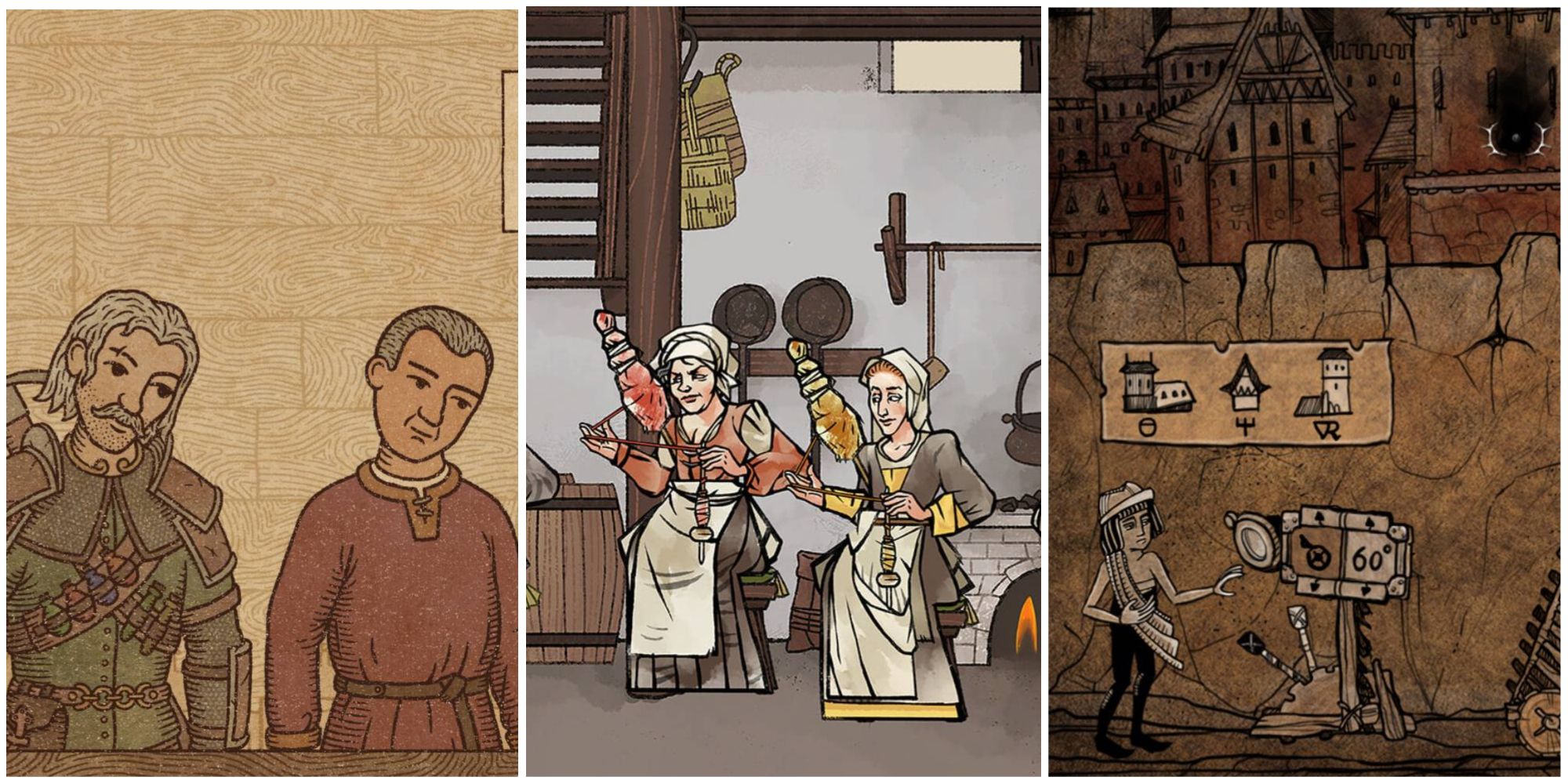
8 Medieval Games With A 2D Art Style
These 2D medieval games have art styles that draw inspiration from books and other media and are well worth checking out for fans of the period.
For every flax processed, one seed and two stalks are produced. It can't be overstated how essential building a stock of linen thread becomes later (refined in the sewing house), as it is used in so many important items. Of course, there's nothing wrong with a healthy balance of both, with the usual recycling of the seeds for sustainable farming. A scythe is required to harvest this crop, which produces the standard 7-8 flax per farmed square.
2 Wheat
Needs Investment, but Can Be Sold Off For Big Profits
- Planted in spring or fall, harvested in the following fall or summer, respectively.
- While it takes more tech points and investment to produce flour, it can be sold at a minimum of 12 gold to make a good profit.
While its main output, flour, is not needed until players have a few levels of cooking skill, wheat is nonetheless worthy of consideration, especially for dynasty heads looking to put a few more gold coins in their pockets before the tax man arrives. Like most crops, wheat drops 7-8 wheat per patch of farmed square.
Wheat is a reliable moneymaker, selling at 12 gold each without any skill in Diplomacy. Best of all, it can be sown twice a year: spring and fall, then harvested in the following fall or summer, respectively. Unlike oats or rye, it cannot share space on the field with other crops.
1 Cabbage
Medieval Dynasty's Super Crop
- Grow in one season and can be planted in spring or summer, making them an excellent starter crop.
- If oversown, cabbages make excellent rot for fertilizer.
Cabbage is Medieval Dynasty's super crop. Not only are they highly nutritious and great for keeping villagers fed (especially when mixed with meat for potage), but they can be planted twice a year in spring and summer. They take only one season to grow and are ready in summer or fall, respectively. Additionally, they sell fairly well, going for 1.5 gold at a baseline, even for players or villagers new to trading (with no diplomacy skill).
The nice thing about growing cabbages is that even if the player doesn't feel like hauling a surplus to market, they can still be helpful, since they produce more rot than other vegetables and are great for fertilizer. If too many are yielded on harvest day, they can be sold for a bunch of gold or mulched into rot for fertilizer, where they can help produce other crops in the coming year.
Medieval Dynasty
- Platform(s)
- PC , PS4 , PS5 , Xbox One , Xbox Series X , Xbox Series S
- Released
- December 17, 2020
- Developer
- Render Cube
- Genre(s)
- Open-World , Strategy

19 Simulation Games That Have Great World Building
These simulation games do a great job at world-building by creating interesting lore and context, making players feel more immersed in the gameplay.

